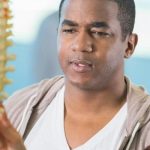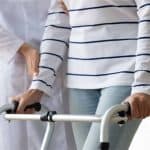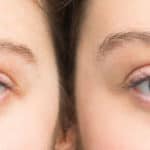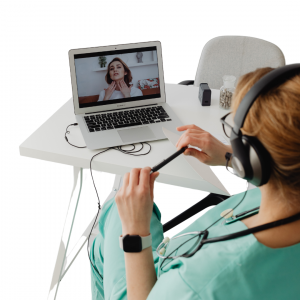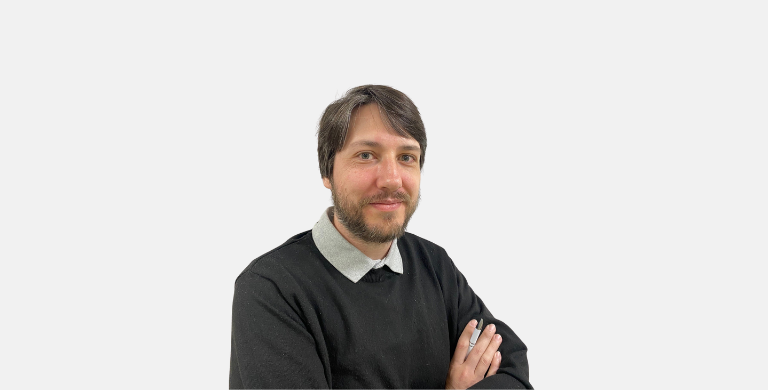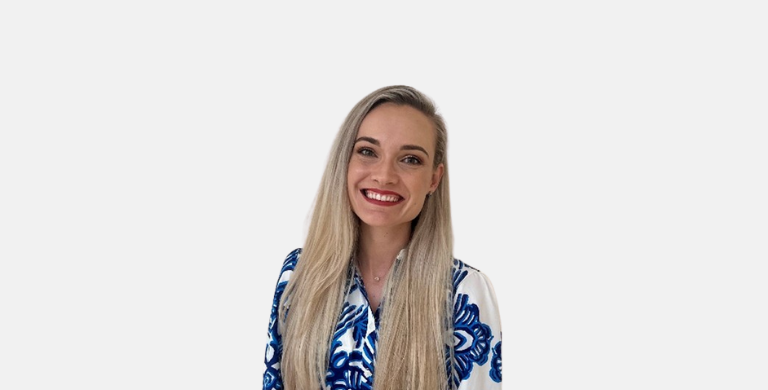A stroke, sometimes called a ‘brain attack’, occurs when blood flow and oxygen to an area of the brain are cut off. It may occur because of a blockage or rupture of one of the arteries to the brain. Because brain cells are deprived of oxygen, the abilities and functions controlled by that part of the brain are lost. During a stroke, 2 million brain cells die every minute, increasing the risk of permanent brain damage, disability, or death.
Spot a stroke and act in time
Strokes can be treated, but you need to act fast. Both a blockage and a rupture are considered life-threatening and require emergency treatment. Signs and symptoms range from numbness or weakness on one or both sides of the body, issues with balance, blurred vision, facial droop, changes in speech and a crushing headache. Treatment within 3 hours of symptoms improves chances of recovery with little or no disability. That is why it is important to recognize stroke symptoms quickly and act fast.
Know the signs of stroke and teach your family what to watch for. Symptoms can include sudden:
- Trouble walking, loss of balance or coordination, dizziness
- Loss of vision or blurred vision
- Weakness of the face, i.e., one side of the face is drooping
- Weakness of an arm or leg
- Difficulty speaking
- Severe headache
If you think you or someone else is having a stroke, call an ambulance immediately so medical personnel can begin life-saving treatment on the way to the emergency room.
Stroke risks
People at risk for stroke include those who are smoking or exposure to second-hand smoke and people who have:
- A personal or family history of stroke
- High, uncontrolled blood pressure
- High cholesterol
- Cardiovascular disease
- Diabetes
Stroke prevention
Manage chronic health conditions to lower the risk for stroke:
- Keeping your blood pressure under control is vital to avoid a stroke.
- Treat high cholesterol: too much cholesterol in your blood can build up on artery walls, putting you at risk for stroke.
- Manage diabetes as it causes destructive changes in the blood vessels in the brain, increasing your risk for stroke.
Make lifestyle changes to lower your risks:
- Quit smoking: Cigarette smoking can double your risk of stroke by damaging blood vessels or causing them to narrow.
- Eat a healthy diet: A diet rich in fruits and vegetables and low in sodium and saturated fat can improve your health.
- Exercise regularly: Obesity and physical inactivity contribute to high blood pressure, diabetes, and high cholesterol.
Recovering from stroke and rehabilitation
While the severity of a stroke and the speed of treatment play essential roles in determining a patient’s condition, rehabilitation is key to recovery and the most critical factor in determining a person’s long-term outcome. Rehabilitation helps the survivor to adapt to physical problems that may have developed because of the stroke and regain as much independence and confidence as possible.
At Intercare Physical Rehabilitation Hospitals, stroke survivors will benefit from the rehabilitation team’s professional care, treatment, support, and encouragement. Rehabilitation activities can include but are not limited to
- Cognitive, speech, physical, and occupational therapy
- Mobility training
There is hope for stroke sufferers, and many people return to active life after a stroke.
Sources:
National Stroke Association, American Stroke Association, NIH | National Institute of Neurological Disorders & Stroke, Centers for Disease Control
Fostering recovery and restoring health
The four physical rehabilitation hospitals feature 36 to 52 beds, ensuring personalised attention and an intimate healing environment. Here, patients work towards regaining their strength, mobility, and independence under our multidisciplinary team of experienced professionals, including general medical practitioners, case managers, physiatrists, nurses, physiotherapists, occupational therapists, speech therapists, psychologists, dieticians and social workers. They all work together to create comprehensive, customised treatment plans.
Recover in an environment that offers best-practice care, facilities and comfort.


